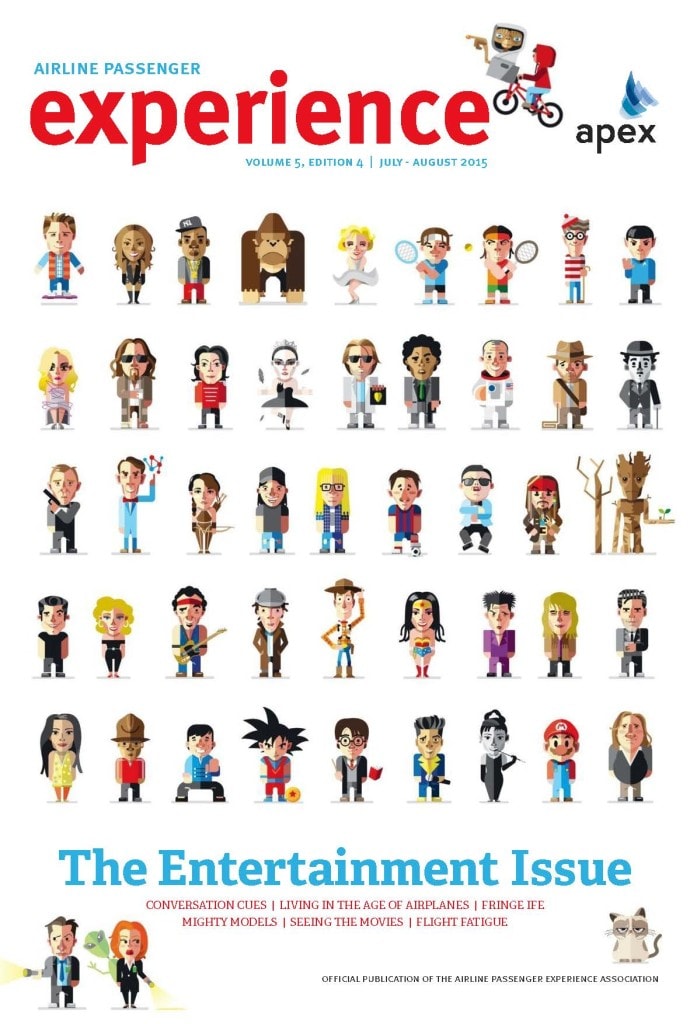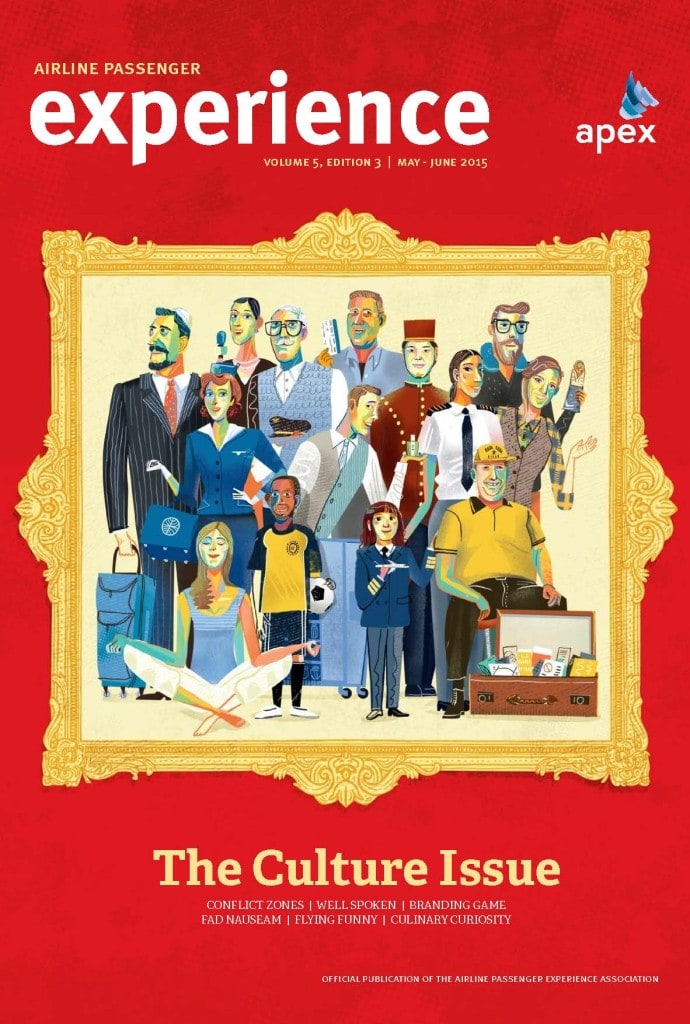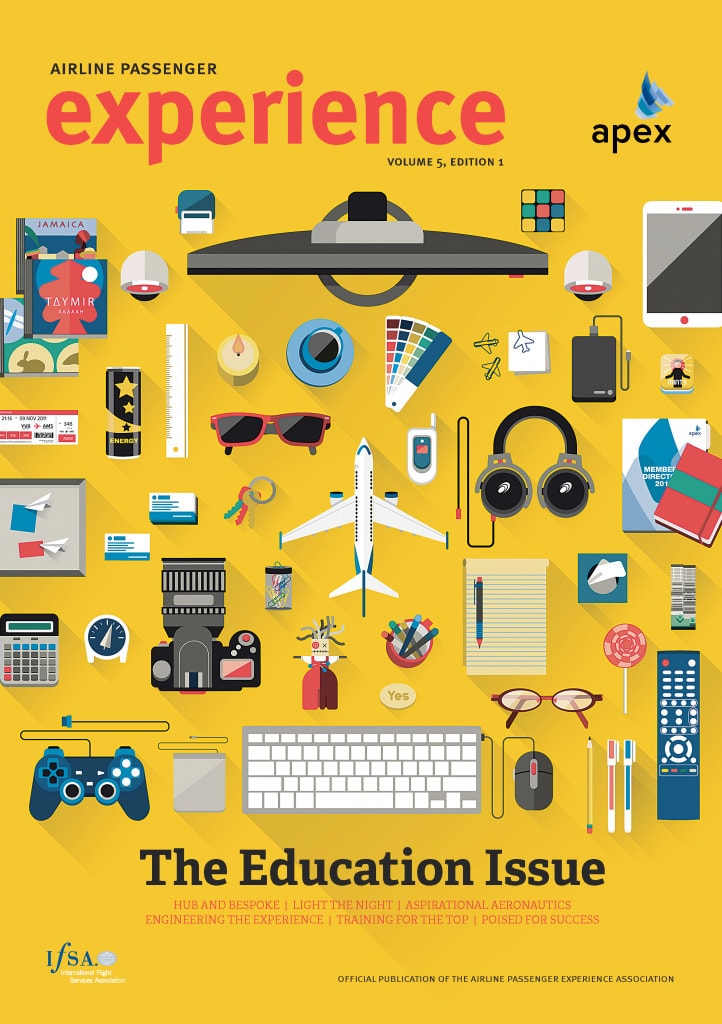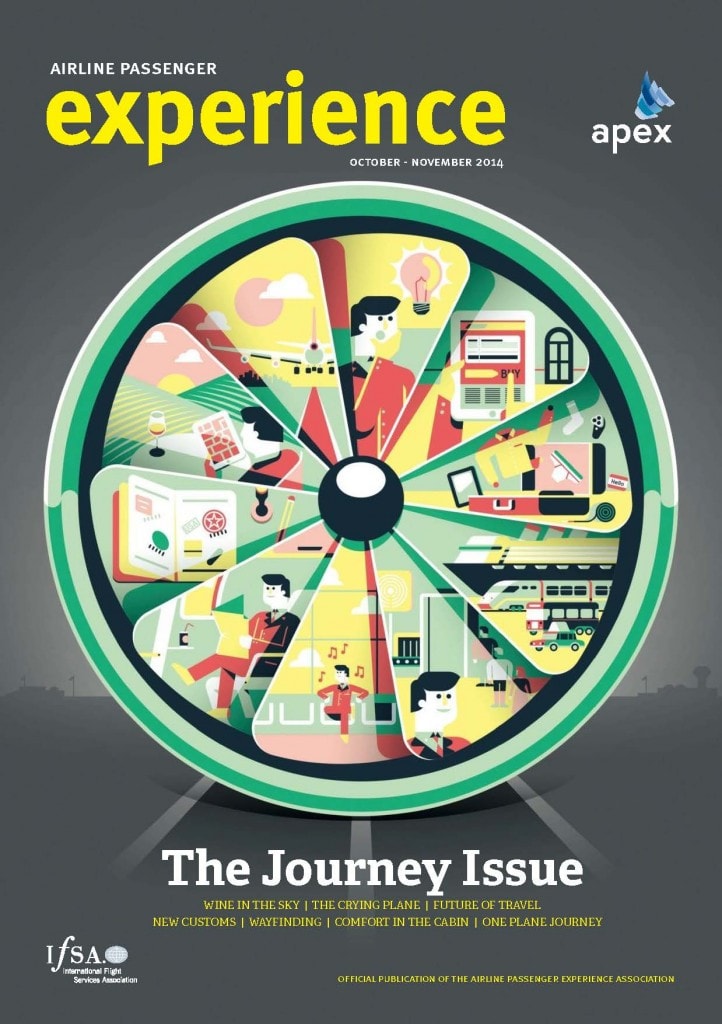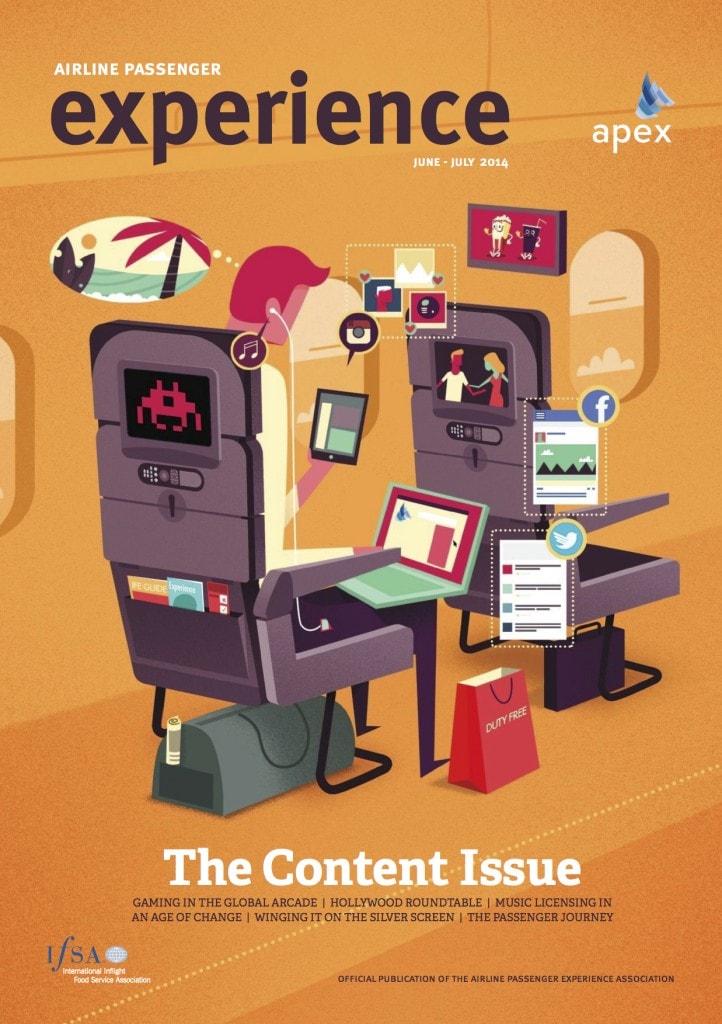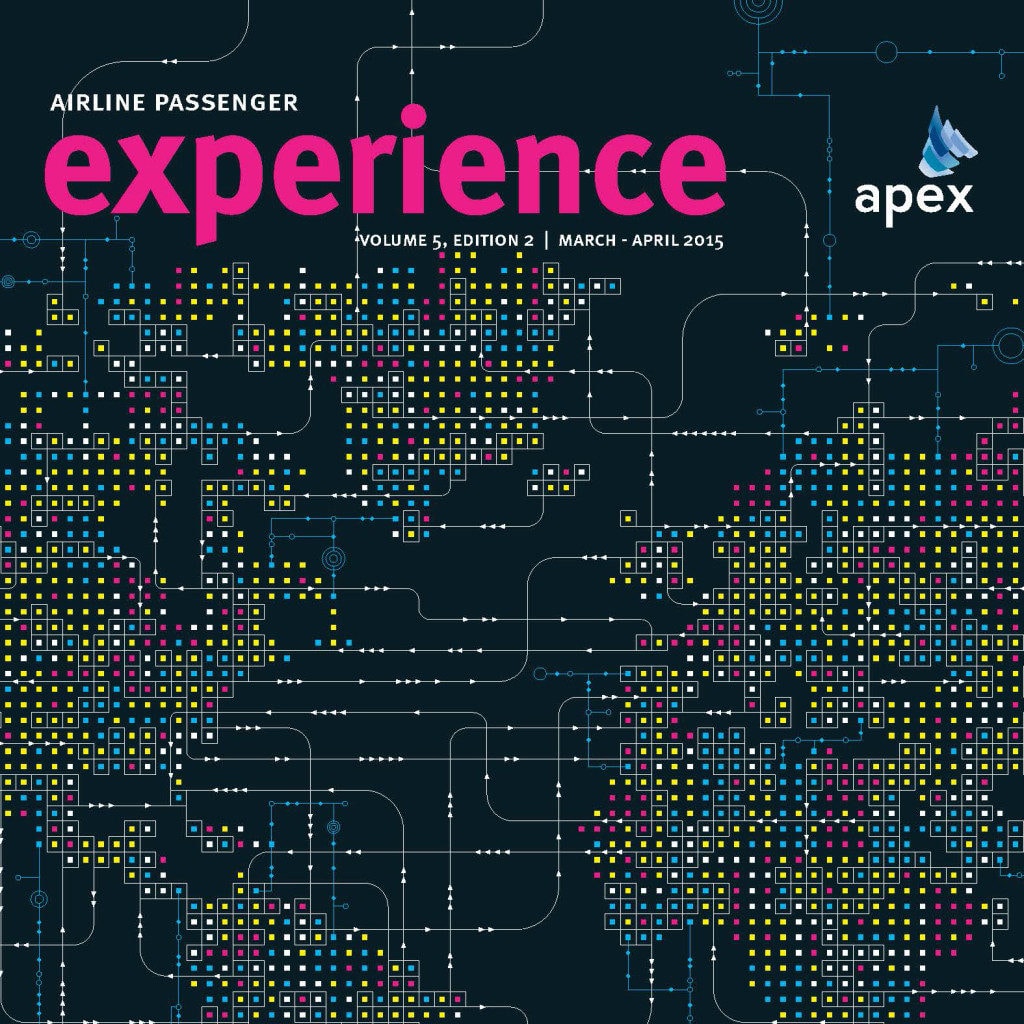Air New Zealand Focuses Closer to Home as CCO Departs for Global Opportunities
Share

Cam Wallace, chief commercial and customer officer, Air New Zealand, highlights the importance of acknowledging how the world has changed during the pandemic, as he announces his resignation.
Air New Zealand will focus on operations in Australasia and the Pacific Islands in the medium term as the airline looks to recover from the COVID-19 pandemic, according to Cam Wallace, chief commercial and customer officer. The focus on markets closer to home has resulted, however, in Wallace’s decision to depart the airline to pursue individual global opportunities.

Wallace, who has been with the airline for 19 years, will leave on September 30, but provide consultancy support to CEO Greg Foran until the end of the year. His move was prompted by the expectation that Air New Zealand will be a domestic and short/medium-haul operator for the foreseeable future, which doesn’t align with his own international ambitions. Wallace’s departure follows a number of key executive departures from the airline since Foran joined in February.
“Under Cam’s leadership, Air New Zealand’s passenger, cargo and loyalty revenues have experienced unparalleled growth over the past six years. He has been instrumental in developing new market opportunities, growing strategic alliance partnerships, expanding the loyalty footprint and driving profitable growth throughout the airline’s business,” said Foran, who does not plan to immediately replace Wallace. A new strategy for the airline is to be revealed at its annual shareholders’ meeting on September 29.
Wallace has also been the public face of Air New Zealand on Twitter during the COVID-19 pandemic, “much to the fear of my social media team,” he quipped, just a day before announcing his resignation at the virtual CAPA Australasia and Pacific Aviation Summit. As a 52%-government owned entity, the public has an “emotional connection to our business and brand” and they “deserve to be more connected to the airline,” he said.
“It’s critically important for us to recognize that everything’s different in a post-COVID world” – Cam Wallace, Air New Zealand
Wallace told CAPA delegates that the airline is working closely with the country’s ministries of health and transport and looking at the 15 stages of the customer experience to determine how they will change post-COVID-19. “It’s critically important for us to recognize that everything’s different in a post-COVID world,” he said, pointing to the way the airline serves food on board to allocating seating, for example, with changes to be rolled out as international services resume. It will be vital to make people feel safe and confident to travel again, he said.
In the meantime, Air New Zealand is positioned quite well relative to some of its competitors, thanks to a good domestic market, which is now up to 70% of pre-COVID capacity, as well as more than 50 cargo flights a week as part of the international air freight agreement with the New Zealand Government. The airline saw “tremendous pent-up demand” for leisure destinations such as Queenstown during the New Zealand winter school holidays in July. The airline is aiming to make its passengers feel safe, particularly in light of a second COVID wave in Auckland, with social distancing measures on board – with 65% seats available on Airbus A320s, for example, and everyone required to wear masks.
“One small benefit” that COVID has delivered, according to Wallace, is accelerating the airline’s exploration of innovations, including new pricing models and digital initiatives. It is working with a San Francisco-based start-up on the use of digital technology in pricing algorithms, for example.





